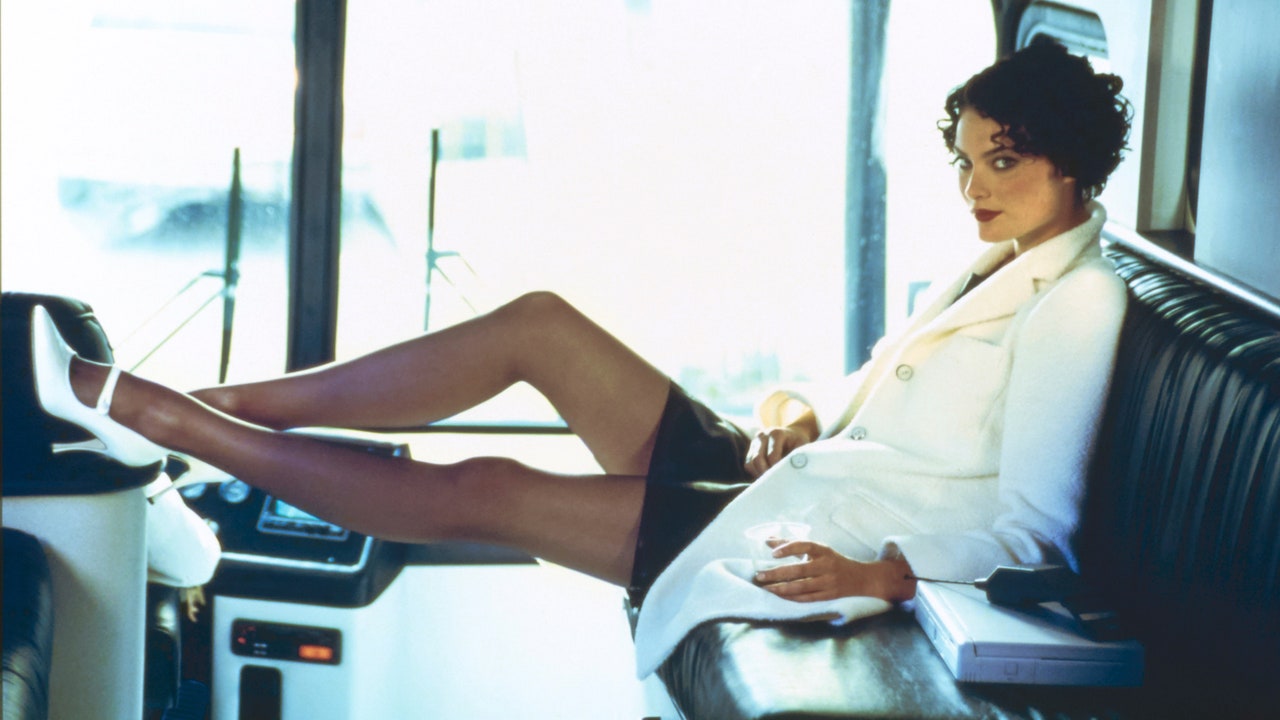She helped her husband craft his picture by his type—stitching his clothes, dropping the Harvard tweeds of his professor days, including unbuttoned linen shirts and flowers in his ear. She made a person right into a fable.
Clothes, for her, was each armor and expression, a instrument for survival and subversion. Disguises, too, turned a way of reinvention. When she orchestrated Leary’s jail break, she donned a blonde bouffant wig, heavy make-up, and a pink push-up bra, embodying the Fifties conformity she had as soon as fled. In exile, she was a unique girl in each nation—wrapped in an impressive blue cape in Afghanistan, a draped inexperienced goddess robe in Colombia, shrouded in a tan, calf-skin fur-trimmed coat within the mountains of Switzerland. When she lastly disappeared into Cape Cod, her wardrobe quieted into chunky cable-knit sweaters and Eileen Fisher linen, although hints of her previous remained—specifically, a purple grosgrain coat that turned heads in Provincetown.
Her garments helped to amplify, obscure, and shield her all through house and time. These garments have been enchanted. Buying together with her, one poet pal wrote, was like “trying to find the magic object.”
As a type of pact with myself to stay a bit extra like Rosemary, I lastly purchased one thing from Rodebjer. It wasn’t the unique poppy gown that I had fallen in love with. I nonetheless didn’t have room for that in my life. However I did find yourself buying a billowy silk black-and-white caftan lined in peace indicators, third-eye chakras, and yin-yangs resembling breasts, billed as an “concept travel-wardrobe staple.”
Rosemary Woodruff Leary in Sicily, circa 1972-1973Photograph: John Schewel. Used with permission.


